|
List Of Recurring Monty Python's Flying Circus Characters
Very few characters of the BBC television series ''Monty Python's Flying Circus'' appeared in more than one episode, and when they did, it was usually to link sketches together. A few well-known characters are described below. "It's" man Played by Michael Palin. Dressed in rags, and sporting a long beard, much like an island castaway, this character would start most of the early shows by struggling to cross a landscape of dangers until he got close enough to the camera to say "It's—", immediately followed by the opening credits and musical theme. In one episode, the character had his own talk show, featuring Ringo Starr and Lulu as guests, but was unable to get past his single word catch phrase before being interrupted by Monty Python's opening theme music. At the end of the program he is usually forced to go back across the same dangerous landscape. Announcer Played by John Cleese. Often found in a farmer's field, or the back of a moving truck, this character was a BBC Annou ... [...More Info...] [...Related Items...] OR: [Wikipedia] [Google] [Baidu] |
|
|
Monty Python's Flying Circus
''Monty Python's Flying Circus'' (also known as simply ''Monty Python'') is a British surreal humour, surreal sketch comedy series created by and starring Graham Chapman, John Cleese, Eric Idle, Terry Jones, Michael Palin, and Terry Gilliam, who became known collectively as "Monty Python", or the "Pythons". The first episode was recorded at the BBC on 7 September 1969 and premiered on 5 October on BBC1, with 45 episodes airing over four series from 1969 to 1974, plus two episodes for German TV. A feature film adaptation of several sketches, ''And Now for Something Completely Different'', was released in 1971. The series stands out for its use of Surreal humour, absurd situations, mixed with risqué and innuendo-laden humour, Visual gag, sight gags, and observational sketches without punch line, punchlines. Live-action segments were broken up with animations by Gilliam, often merging with the live action to form Segue#In film or broadcast news production, segues. The overall for ... [...More Info...] [...Related Items...] OR: [Wikipedia] [Google] [Baidu] |
|
|
Terence Rattigan
Sir Terence Mervyn Rattigan (10 June 191130 November 1977) was a British dramatist and screenwriter. He was one of England's most popular mid-20th-century dramatists. His plays are typically set in an upper-middle-class background.Geoffrey Wansell. ''Terence Rattigan'' (London: Fourth Estate, 1995); He wrote ''The Winslow Boy'' (1946), '' The Browning Version'' (1948), '' The Deep Blue Sea'' (1952) and '' Separate Tables'' (1954), among many others. A troubled gay man who saw himself as an outsider, Rattigan wrote a number of plays which centred on issues of sexual frustration, failed relationships, or a world of repression and reticence. Early life Terence Rattigan was born in 1911 in South Kensington,Wansell, p. 13. London, of Irish extraction. He had an elder brother, Brian. They were the grandsons of Sir William Henry Rattigan, a notable India-based jurist and later a Liberal Unionist Member of Parliament for North-East Lanarkshire. His father was Frank Rattigan CMG, ... [...More Info...] [...Related Items...] OR: [Wikipedia] [Google] [Baidu] |
|
|
British Army
The British Army is the principal Army, land warfare force of the United Kingdom. the British Army comprises 73,847 regular full-time personnel, 4,127 Brigade of Gurkhas, Gurkhas, 25,742 Army Reserve (United Kingdom), volunteer reserve personnel and 4,697 "other personnel", for a total of 108,413. The British Army traces back to 1707 and the Acts of Union 1707, formation of the united Kingdom of Great Britain which joined the Kingdoms of Kingdom of England, England and Kingdom of Scotland, Scotland into a Political union, single state and, with that, united the English Army and the Scots Army as the British Army. The Parliament of England, English Bill of Rights 1689 and Convention of the Estates, Scottish Claim of Right Act 1689 require parliamentary consent for the Crown to maintain a peacetime standing army. Members of the British Army swear allegiance to the Charles III, monarch as their commander-in-chief. The army is administered by the Ministry of Defence (United Kingd ... [...More Info...] [...Related Items...] OR: [Wikipedia] [Google] [Baidu] |
|
 |
Graham Chapman
Graham Chapman (8 January 1941 – 4 October 1989) was a British actor, comedian and writer. He was one of the six members of the Surreal humour, surrealist comedy group Monty Python. He portrayed authority figures such as The Colonel (Monty Python), The Colonel and the lead role in two Python films, ''Monty Python and the Holy Grail, Holy Grail'' (1975) and ''Monty Python's Life of Brian, Life of Brian'' (1979). Chapman was born in Leicester and was raised in Melton Mowbray. He enjoyed science, acting, and comedy and after graduating from Emmanuel College, Cambridge, and St Bartholomew's Hospital Medical College, he turned down a career as a doctor to be a comedian. Chapman eventually established a writing partnership with John Cleese, which reached its critical peak with Monty Python during the 1970s. He subsequently left Britain for Los Angeles, where he attempted to be a success on American television, speaking on the college circuit and producing the pirate film ''Yellowbea ... [...More Info...] [...Related Items...] OR: [Wikipedia] [Google] [Baidu] |
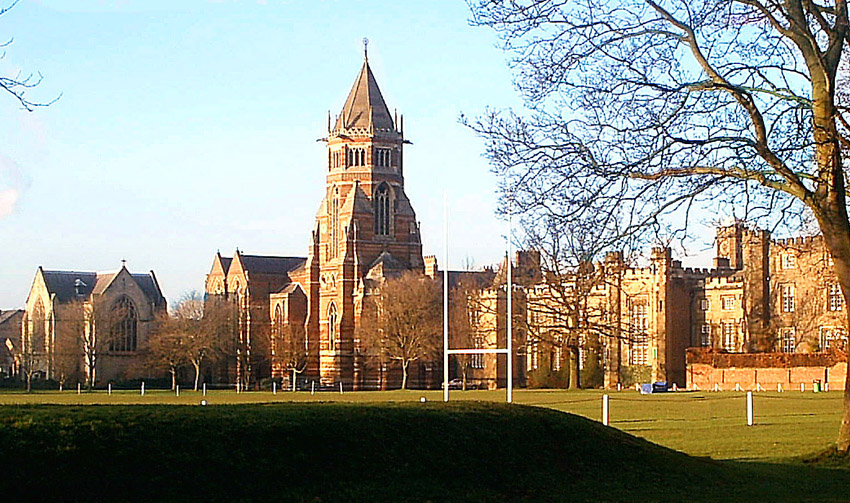 |
Public School (UK)
A public school in England and Wales is a type of fee-charging Private schools in the United Kingdom, private school originally for older boys. The schools are "public" from a historical schooling context in the sense of being open to pupils irrespective of locality, Christian denomination, denomination or paternal trade guild, trade or profession or family affiliation with governing or military service, and also not being run for the profit of a private owner. Although the term "public school" has been in use since at least the 18th century, its usage was formalised by the Public Schools Act 1868 (31 & 32 Vict. c. 118), which put into law most recommendations of the 1864 Clarendon Report. Nine prestigious schools were investigated by Clarendon (including two day schools, Merchant Taylors' School, Northwood, Merchant Taylors' and St Paul's School, London, St Paul's) and seven subsequently reformed by the Act: Eton College, Eton, Shrewsbury School, Shrewsbury, Harrow School, Ha ... [...More Info...] [...Related Items...] OR: [Wikipedia] [Google] [Baidu] |
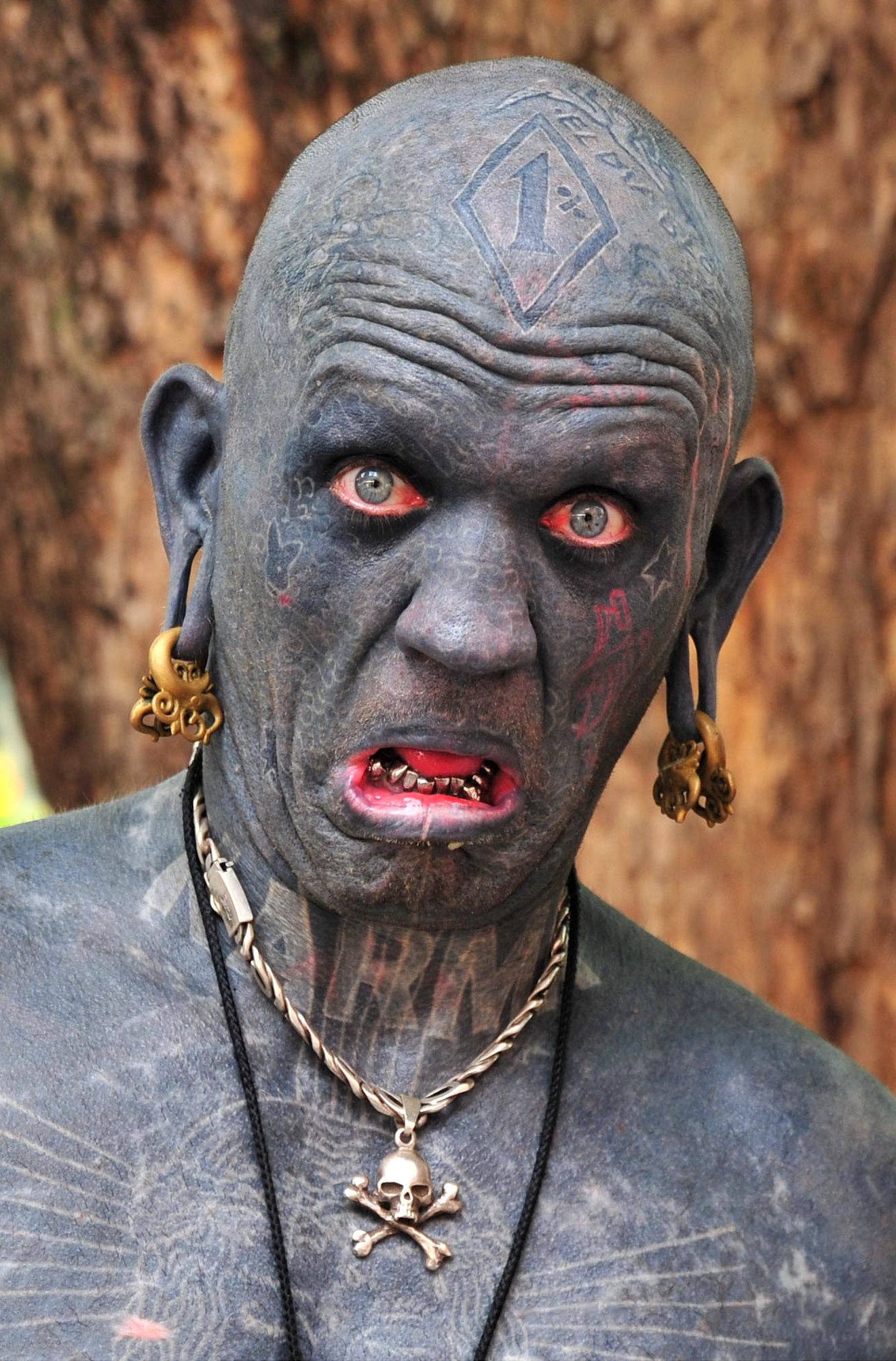 |
Guinness World Record
''Guinness World Records'', known from its inception in 1955 until 1999 as ''The Guinness Book of Records'' and in previous United States editions as ''The Guinness Book of World Records'', is a British reference book published annually, listing world records both of human achievements and the extremes of the natural world. Sir Hugh Beaver created the concept, and twin brothers Norris and Ross McWhirter co-founded the book in London in August 1955. The first edition topped the bestseller list in the United Kingdom by Christmas 1955. The following year the book was launched internationally, and as of the 2025 edition, it is now in its 70th year of publication, published in 100 countries and 40 languages, and maintains over 53,000 records in its database. The international franchise has extended beyond print to include television series and museums. The popularity of the franchise has resulted in ''Guinness World Records'' becoming the primary international source for catalo ... [...More Info...] [...Related Items...] OR: [Wikipedia] [Google] [Baidu] |
|
Toothbrush Moustache
The toothbrush moustache is a List of facial hairstyles, style of moustache in which the sides are vertical (or nearly so), often approximating the width of the nose and visually resembling the bristles on a toothbrush. First becoming popular in the United States in the late 19th century, it later spread to Germany and elsewhere. Comedians such as Charlie Chaplin and Oliver Hardy popularized it, reaching its heyday during the interwar years. By the end of World War II, World War II, the association with Nazi leader Adolf Hitler made it unfashionable, leading to it being colloquially termed the "Hitler moustache". After World War II, toothbrush variants were worn by a small number of notable individuals, e.g. American real-estate developer Fred Trump (who wore a split variant), and former president of Zimbabwe Robert Mugabe (covering only the philtrum). Remaining strongly associated with Hitler over subsequent decades, it was used satirically in works of popular culture and p ... [...More Info...] [...Related Items...] OR: [Wikipedia] [Google] [Baidu] |
|
 |
Handkerchief
A handkerchief (; also called a hankie or, historically, a handkercher or a ) is a form of a kerchief or bandanna, typically a hemmed square of thin fabric which can be carried in the pocket or handbag for personal hygiene purposes such as wiping one's hands or face, or blowing one's nose. A handkerchief is also sometimes used as a purely decorative accessory in the breast pocket of a suit; it can then be called a pocket square. A handkerchief is also an important accessory in many folk-dances in many regions like the Balkans and the Middle East; an example of a folk-dance featuring handkerchiefs is the Greek Kalamatianós. Modern usage The material of a handkerchief can be symbolic of the socio-economic class of the user, not only because some materials are more expensive, but because some materials are more absorbent and practical for those who use a handkerchief for more than style. Handkerchiefs can be made of cotton, cotton-synthetic blend, synthetic fabric, silk, o ... [...More Info...] [...Related Items...] OR: [Wikipedia] [Google] [Baidu] |
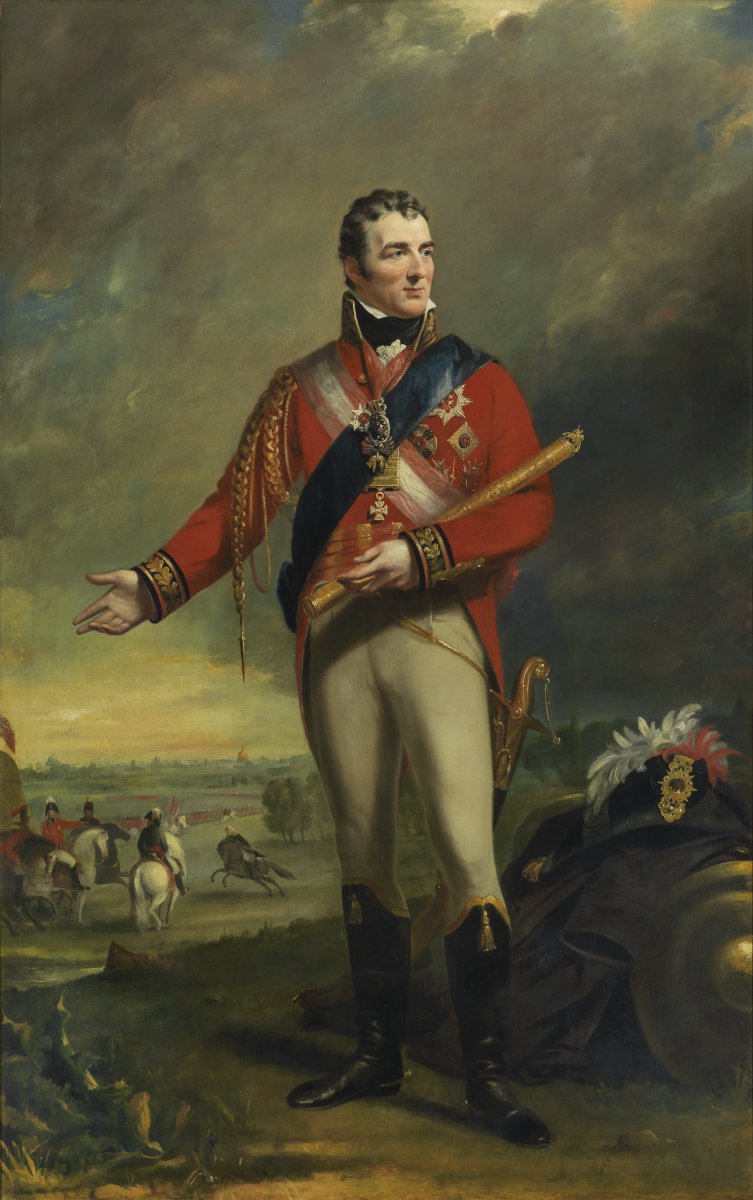 |
Wellington Boots
A Wellington boot, often shortened to welly, and also known as a gumboot, rubber boot, or rain boot, is a type of waterproof boot made of rubber. Originally a type of leather riding boot adapted from Hessian boots, a style of military foot wear, Wellington boots were worn and popularised by Arthur Wellesley, 1st Duke of Wellington. They became a staple of practical foot wear for the British aristocracy and middle class in the early 19th century. The term was subsequently applied to waterproof rubber boots ubiquitously worn today in a range of agricultural and outdoors pursuits. Names The term ''Wellington boot'' comes from Arthur Wellesley, 1st Duke of Wellington, who instructed his shoemaker to create the boot by modifying the design of the Hessian boot. The terms ''gumboot'' and ''rubber boot'' are both derived from the rubber modern Wellington boots are made from, with the term "gum" coming from gum rubber. The terms ''Wellington boot'' and ''gumboot'' are most commo ... [...More Info...] [...Related Items...] OR: [Wikipedia] [Google] [Baidu] |
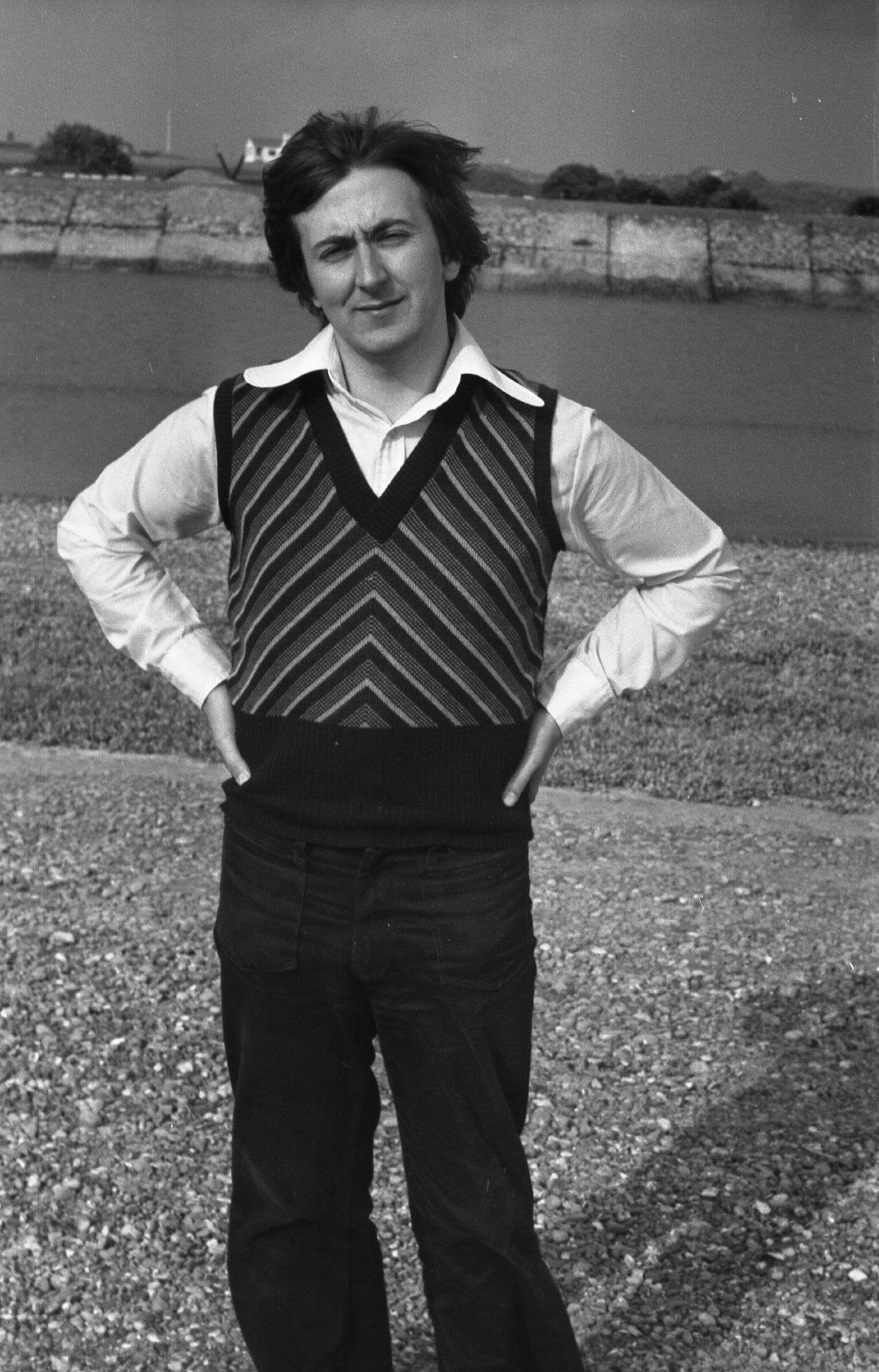 |
Sweater Vest
A sweater vest (known as a ''tank top'', ''sleeveless jumper'', ''sleeveless sweater'', ''sleeveless pullover'' or ''slipover'' in the UK) is an item of knitwear that is similar to a sweater, but without sleeves, usually with a low-cut neckline. They were popular in the 20th century, particularly in the 1970s in the UK, and are again growing in popularity in the 21st century. Styles One of the most common patterns on a sweater vest is argyle. Many newer designs feature a return to popular patterns from past eras. Other variations include designs of a more modern nature, including stripes. Some of the most common of neckline shapes are the V-neck and the crew neck, which is similar to a common T-shirt neckline. Other styles include button front, These are sometimes called a "sleeveless cardigan." As athletic wear A sweater vest, white flannel pants, and collared shirt are standard wear for professional cricketers in the UK, Australia, India and South Africa. The cable knit ... [...More Info...] [...Related Items...] OR: [Wikipedia] [Google] [Baidu] |
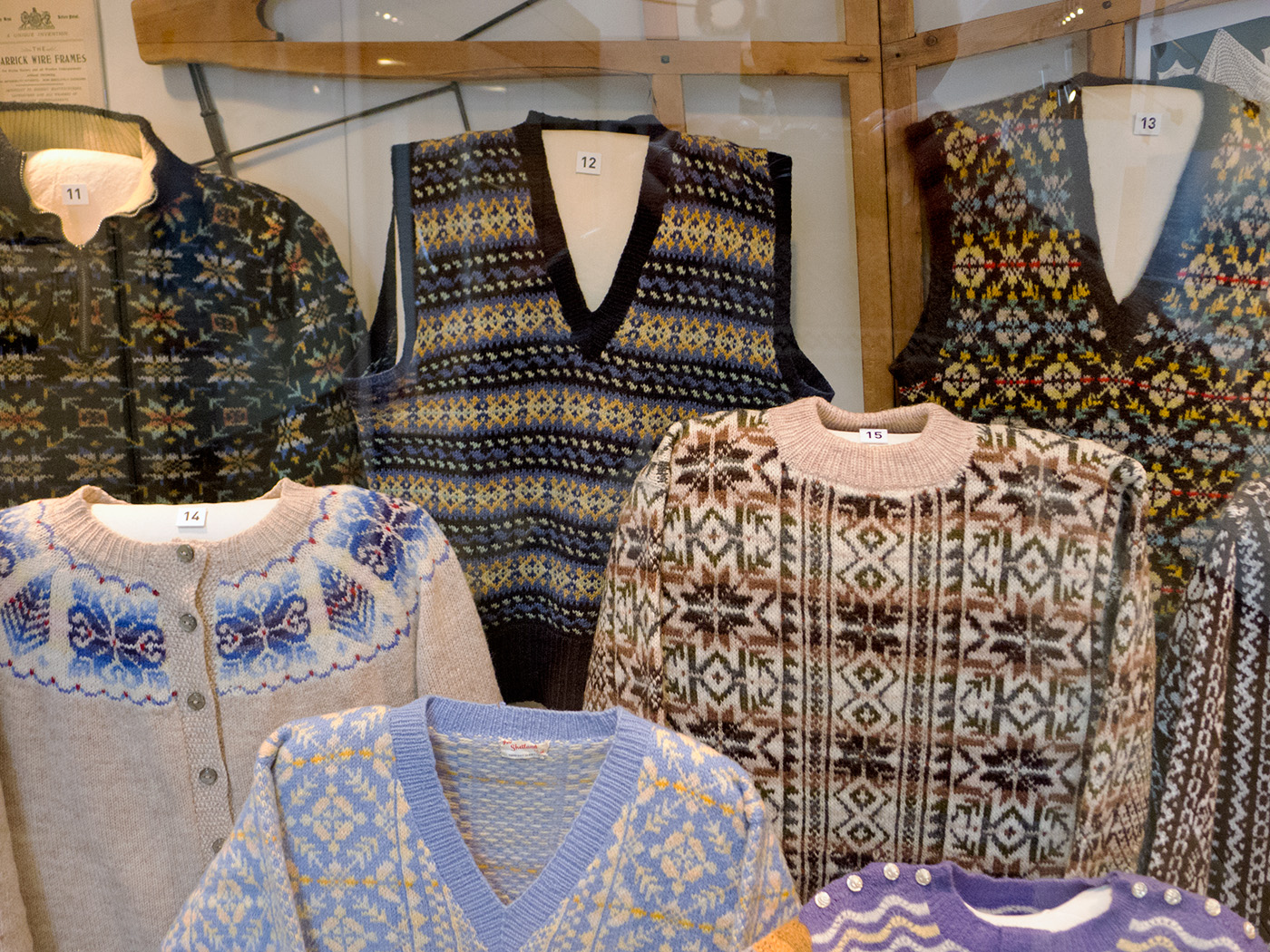 |
Fair Isle (technique)
Fair Isle (/fɛəraɪ̯l/) is a traditional knitting style used to create patterns with multiple colours. It is named after Fair Isle, one of the Shetland Islands. Fair Isle knitting gained considerable popularity when the Prince of Wales (later King Edward VIII) wore Fair Isle jumpers in public in 1921. Traditional Fair Isle patterns have a limited palette of five or so colours, use only two colours per row, are worked in the round, and limit the length of a run of any particular colour. Some people use the term "Fair Isle" to refer to any colourwork knitting where stitches are knitted alternately in various colours, with the unused colours stranded across the back of the work, but this is inaccurate. The term "stranded colourwork" is applicable for the generic technique, and the term "Fair Isle" is reserved for the characteristic patterns of Shetland. Other techniques for knitting in colour include intarsia, slip-stitch colour (also known as mosaic knitting). Technique ... [...More Info...] [...Related Items...] OR: [Wikipedia] [Google] [Baidu] |
|
Monty Python Live 02-07-14 12 27 13 (14415368570)
Monty is a masculine given name, often a short form of Montgomery, Montague and other similar names. It is also a surname. Notable people with the name or nickname include: Nickname *Bernard Montgomery (1887–1976), British Second World War field marshal *Bruce Montgomery (musical director) (1927–2008), American music composer and former director of the Penn Glee Club *Chris Montgomery (born 1972), American computer specialist and founder of the Xiph.Org Foundation *Colin Montgomerie (born 1963), Scottish golfer *Monty Montgomery (American football) (born 1973), former American football cornerback *Richard Montgomerie (1999–2007), Sussex cricketer *Monty Basgall (1922–2005), American Major League Baseball player and coach *Monty Berman (1905–2006), British cinematographer and film and television producer * Monty Bowden (1865–1892), English cricketer and wicket-keeper * Monty Burton (1918–1999), British pilot *Montgomery Clift (1920–1966), American actor *Montagu ... [...More Info...] [...Related Items...] OR: [Wikipedia] [Google] [Baidu] |